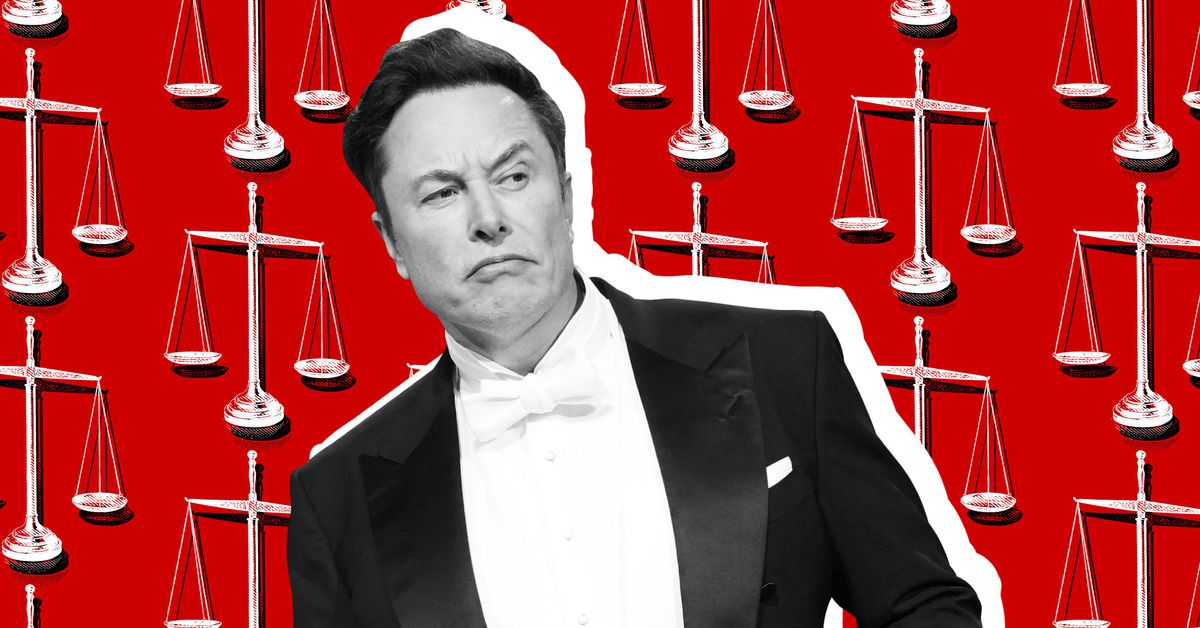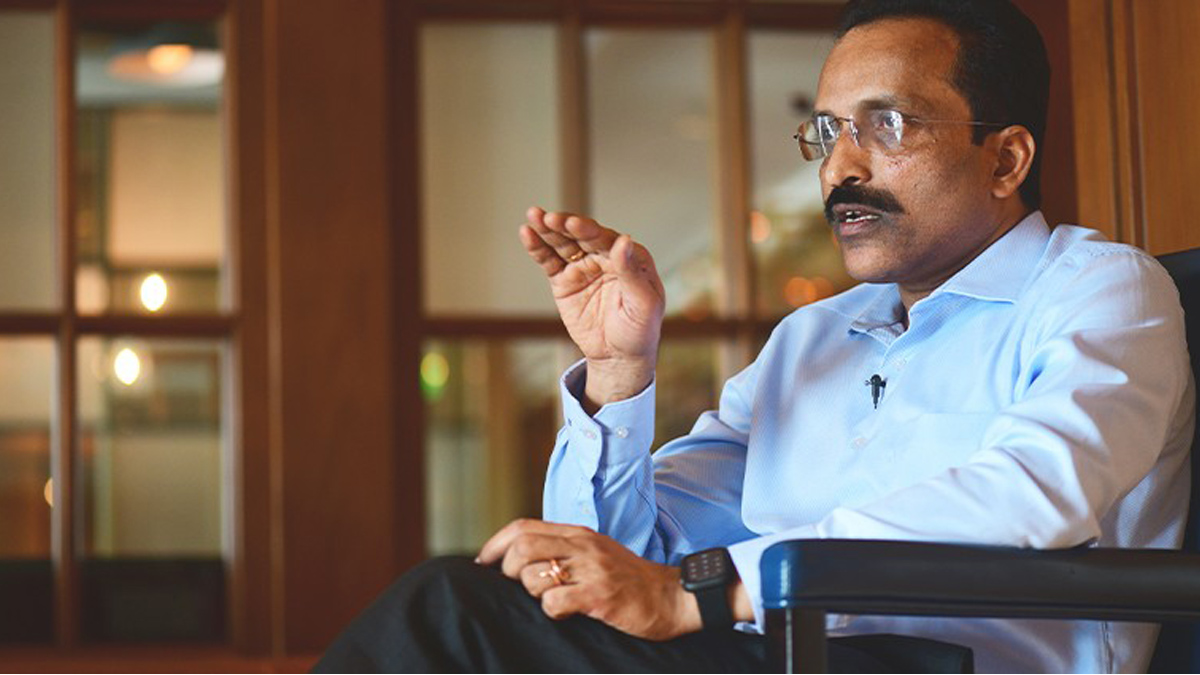Global cybercrime is projected to escalate by 15% annually over the next five years, reaching a staggering $10.5 trillion per year by 2025. Operational Technology (OT) and Information Technology (IT) systems are prime targets for cyber threat actors. A cyberattack on an OT system can halt production, resulting in significant downtime and financial losses potentially amounting to hundreds of millions of dollars. Consequently, IT leaders are tasked with fortifying their organization’s OT cybersecurity posture.
Historically, OT systems were not considered significant threats due to their perceived isolation from the Internet. Organizations relied on physical security measures, such as door locks, passcodes, and badge readers, to protect against hands-on access and disruption to physical operational processes. However, the advent of the 4th Industrial Revolution, or Industry 4.0, has introduced smart technologies and advanced software to optimize efficiency through automation and data analysis. This digital transformation has interconnected OT and IT systems, creating new attack vectors for adversaries to exploit and access sensitive data.
The notorious Colonial Pipeline ransomware attack underscores the critical importance of IT/OT security. In May 2021, the Georgia-based oil pipeline system suffered a ransomware attack on its IT infrastructure. The company preemptively shut down its OT systems in an abundance of caution, halting all pipeline operations to contain the attack. This incident highlighted the vulnerabilities of interconnected systems and the widespread societal impact of such breaches.
Common misconceptions and emerging cybersecurity trends
Many organizations are unaware that their OT systems connected to the Internet often lack proper password protection or secure remote access, making them easy targets for hackers. Some organizations mistakenly believe they are immune to attacks, while others are overwhelmed by the task of regularly updating passwords.
Cybercriminals have refined their tactics, becoming more sophisticated in breaching network systems. Instead of deploying malware, they often steal employee credentials to gain unauthorized access. The use of generative AI to create deepfakes or phishing emails is a growing threat, as attackers manipulate individuals into divulging sensitive information or transferring funds. In 2023 alone, nearly 300,000 individuals reported being victims of phishing attacks, a number that continues to rise as threat actors enhance their techniques.
Best practices for strengthening OT cybersecurity
Fortunately, there is now more publicly available information on cyberattacks and response strategies. The U.S. Securities and Exchange Commission recently introduced the Cybersecurity Disclosure Rule, mandating public companies to disclose all breaches, including those affecting OT systems. Failure to disclose can result in severe financial penalties, asset seizures, or even imprisonment for responsible parties. This transparency fosters greater visibility and accountability in cybersecurity practices.
Securing OT systems is not as daunting as it may seem. By implementing a few best practices, organizations can significantly enhance their cybersecurity posture and reduce their vulnerability window.
First, security leaders should isolate OT networks from IT networks and the Internet to limit the attack surface and verify that the networks are segmented. This should be monitored 24/7 to ensure network segmentation effectiveness and proper functioning of security controls. This containment strategy helps prevent lateral movement within the network during a breach.
Real-time network monitoring and the appropriate alert escalation (often notifying the plant supervisor or controls engineer who are in the best position to verify if access or a configuration change is appropriate and planned, not the IT SOC) aids in the rapid detection and response to threats. Next, make sure to conduct frequent security audits and vulnerability assessments to identify and mitigate potential weaknesses. This proactive approach helps maintain a robust security posture and reduces the likelihood of future cyberattacks.
Many breaches could be avoided by simply educating employees on cybersecurity best practices and the importance of vigilance. Training programs should cover phishing awareness, password management, and incident reporting. Lastly, IT teams should develop and regularly update an incident response plan to ensure a swift and coordinated response to cyber incidents. The plan should outline clear roles and responsibilities, communication protocols, and recovery procedures.
In an era where cyber threats are becoming increasingly sophisticated, the convergence of OT and IT systems presents both opportunities and challenges. By embracing proactive cybersecurity measures, IT leaders can not only protect their organizations from potentially devastating attacks but also drive innovation and resilience in their operations. The stakes are high, but with the right strategies in place, businesses can turn cybersecurity from a daunting challenge into a competitive advantage, ensuring a secure and prosperous future in the digital age.
We’ve featured the best Enterprise Resource Planning (ERP) software.
This article was produced as part of TechRadarPro’s Expert Insights channel where we feature the best and brightest minds in the technology industry today. The views expressed here are those of the author and are not necessarily those of TechRadarPro or Future plc. If you are interested in contributing find out more here: https://www.techradar.com/news/submit-your-story-to-techradar-pro








































































































































































You must be logged in to post a comment Login